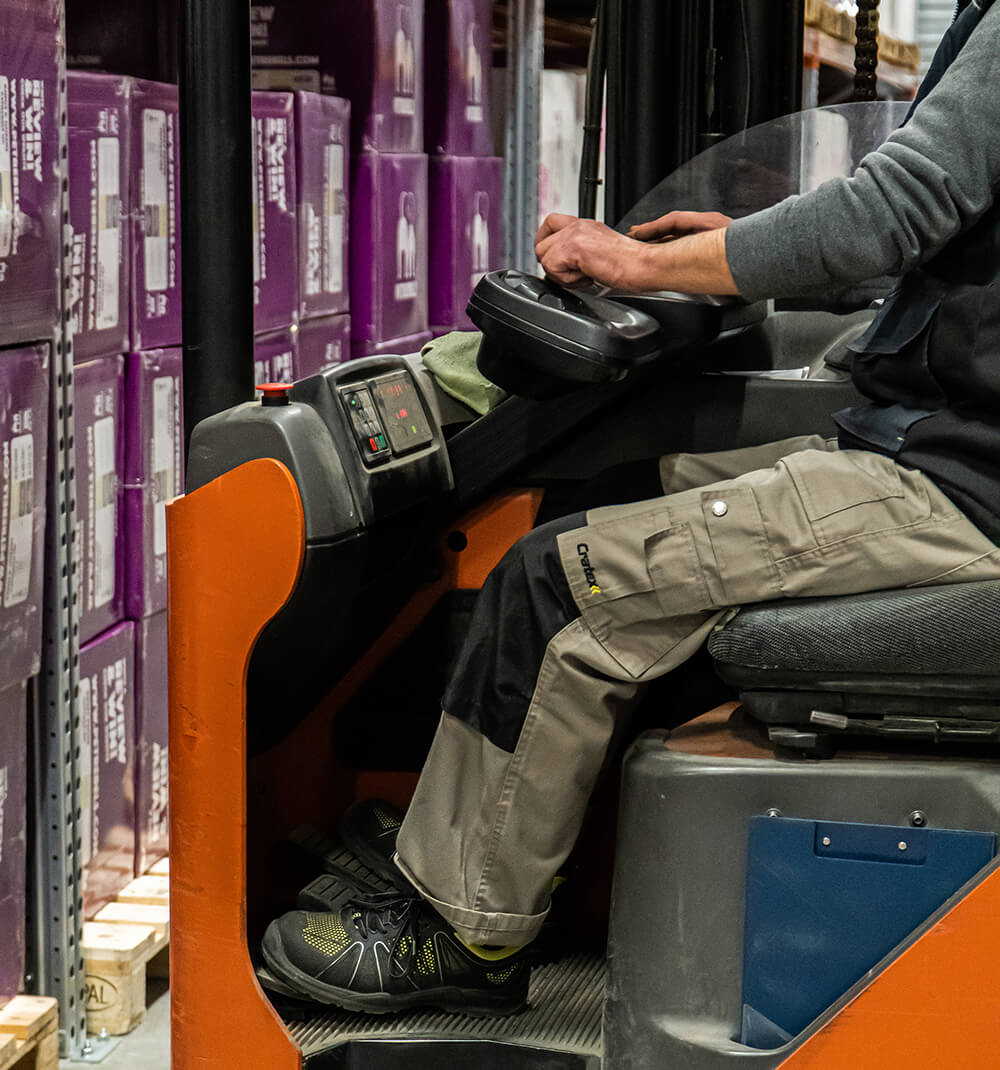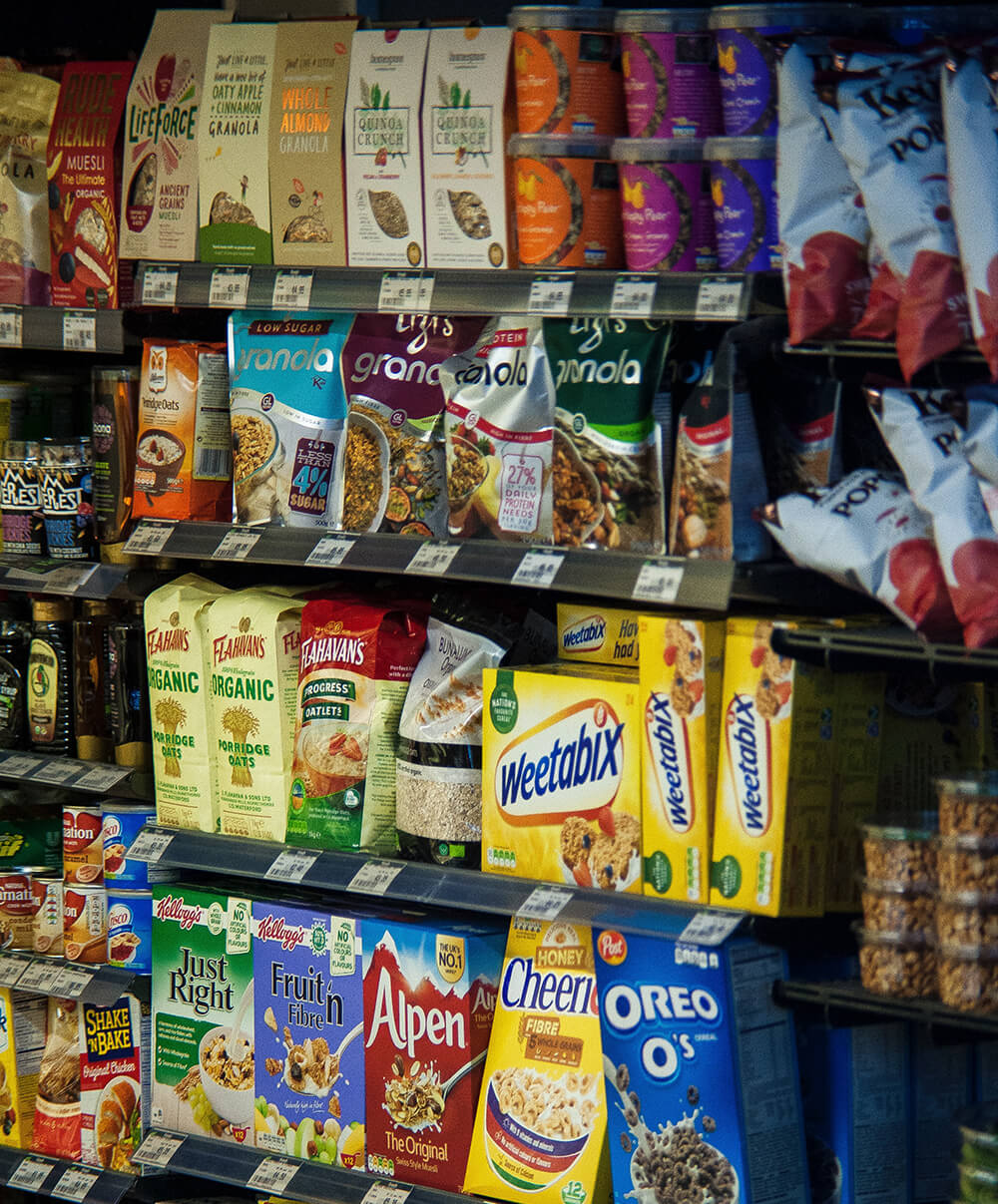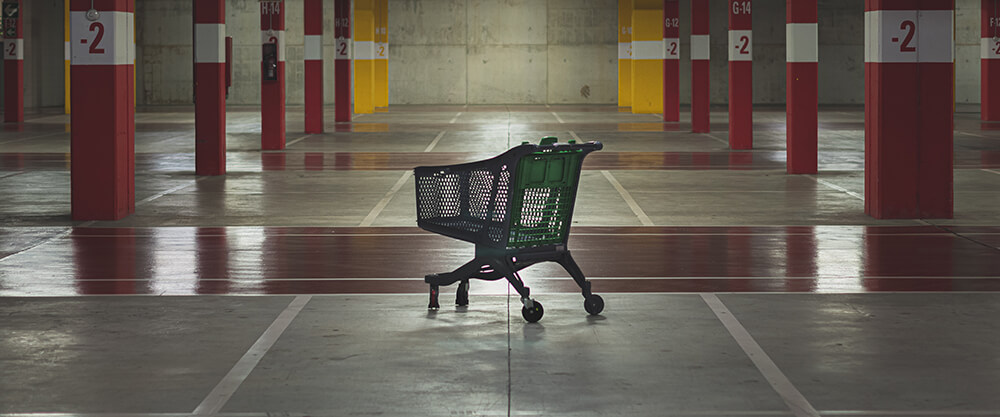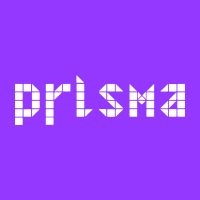Are Dark Stores the future of retail?
- In the United States, as a result of the pandemic, retailers were forced to expand their business through ecommerce, increasing the trend towards the creation of "Dark Stores".
- Are dark stores the future of retail?
- Dark Stores are traditional retail establishments that have become local distribution centers. Its design is similar to a store, but has specific features that facilitate the preparation of orders made online. Just like in a supermarket, the staff picks the products from the shelves, but there are no customers, no cash registers, no advertising material. They do not serve to the public, but focus exclusively on purchases made online. Their main goal is to speed up delivery times and provide a fast shopping experience.
-
How do they work?
1- The purchase order is received at the Dark Store.
2- The order items are collected.
3- The shipment is made and the products are sent to logistics, where they are separated according to category.
4- The products are packed.
5- The order is dispatched for shipment with in-house logistics or by last milers. - Its roots go back to pre-pandemic times. The first Dark Store installation was in 2006, opened by Tesco in Croydon, UK.
- Today, it is possible to find "Dark Stores" all over the world. In Europe, the supermarket chain Dia has been testing the Dark Stores model since 2018, in Madrid and Barcelona, Spain.
- In Latin America, Walmart will open the region's first "Dark Stores'' in the city of Santiago, Chile to satisfy purchases made through apps such as Lider.cl and Cornershop. Also, the last miler company, Pedidos Ya, opened in May 2020 its first Dark Store in Montevideo, Uruguay.
- The benefits of dark stores
- Delivery to thousands of homes requires centralized logistics and distribution that dark stores seem to facilitate. Here are the main benefits of the new format:

Additional Capacity.
- Unlike the conventional point of sale, Dark Stores offer additional capacity and provide retailers with the ability to pack, deliver and pick up goods in areas with high order density. This spreads out customer touch points, dispersing shoppers to alternative locations to ease the strain of in-store crowds.
Variety and availability of items.
- A Dark Store can vary in size, typically from 100,000 to 200,000 square feet, which allows to stock the full range of items and have better product availability than a traditional store, avoiding stock-outs.
- Efficient inventory management is one of the main challenges for every retailer. Among Prisma's functionalities, you can integrate your data into the supply chain, reduce stock shortages and overstocks. Prisma Smart Supply suggests product replenishment based on demand forecasts, inventory levels, supplier delivery times and available space. Among its functionalities, you will be able to optimize stock management, avoiding stock shortages or overstocks.


Increased efficiency.
- With the adoption of new technologies in the loading, storage and picking stages, Dark Stores have the ability to increase the number of units being delivered and drive a more efficient operation.
- Also, for the optimization of the operation of shipping units, Prisma Assortment is able to suggest a list of products and the elimination of products, as well as the grouping of stores based on market trends, performance, inventory levels and display.
Higher Precision and 24/7 Operation
- Dark Stores have improved order delivery accuracy by integrating technology and optimizing the operation with suppliers and logistics systems. Also, orders can be delivered at the most convenient time for customers as these stores are in service 24 hours a day, every day of the year.
- In addition, to increase the accuracy and speed of product classification, Prisma features the Item Mater module. Thus, you can optimize the collaborative process between buyers and suppliers by defining who should complete each stage of the process without the need of using Excel.


Space optimization and new product opportunities.
- In Dark Stores, retailers can offer products that consumers will not find in traditional store outlets due to space limitations and facility layouts.
- Among Prisma's functionalities is the possibility to optimize space. Prisma suggests the optimal display for each category and product based on performance, sales volume and available space.
- The Future of Retail
- Retail industry experts say that dark stores are just the beginning of a major trend that comes with a digital transformation.
- This new format comes with great challenges related to the supply chain, the creation of an omnichannel pricing strategy, non-overlapping promotions and efficient distribution and the correct analysis of omnichannel information. Prisma, is an omnichannel solution that analyzes, predicts and suggests actions that increase your profitability and efficiency through the combined optimization of Prices, Assortments, Promotions, Spaces and Inventories.
- With Prisma, it is possible to manage price types per product and per point of sale, generate competitive positioning rules after analyzing external competitor data. As well, it is possible to set minimum and maximum limits that generate alerts based on the price of a competitor or a set of competitors or margin rules.
- Prisma also optimizes product inventory supply by aligning with the assortment, space and pricing strategy. Thus, it allows to build the logistics network by optimizing the distribution of inventory throughout the network
- Every company must have a technological solution that enables the automation of processes and the centralization of data from all sales and distribution channels.
- The current global pandemic impacted the retail world and has created huge uncertainties for the future. Dark Stores can help improve the customer experience and facilitate access to essential items but their creation must be accompanied by digital transformation in order to survive.

You may also be
interested in.
Marketing Team
Top 5 AI algorithms applied in retail
In the following Blog post we will analyze what Data Science is and what are the Top 5 algorithms applied in retail today.
Marketing Team
The 4 omnichannel challenges that retailers must solve
The current pandemic has retailers looking for investments to deliver an efficient omnichannel experience.
Marketing Team
How to extract the most value from your retail data
Nowadays, companies have a countless amount of data to process, both internal and external. The secret lies in analyzing the data correctly and making the right business decisions.
Marketing Team
Goodbye 2020: top 5 lessons you leave behind.
2020 has been a difficult year full of challenges for everyone. But it has left behind a series of learnings that every retail company should consider adding to 2021 strategic planning.
Victoria Hearne
Is your pricing strategy not working? These could be the 4 reasons
Choosing a pricing strategy is one of the biggest challenges for any business, as it is the result of complex calculations, research, understanding, and the ability to take risks.
Gustavo Sappia
Leading Colombian pharmacy chain implements Pricing and Space Planning modules
One of the leading pharmacy chains in Colombia, owning 960 stores nationwide and selling more than 20,000 products, pursued a digital transformation that would allow coping with typical retail problems and increasing its profitability.
Lucas Migliano
Common Retail Tech implementation objections
Let’s face it, all companies need to transform themselves in some part of their life cycle, however this doesn’t mean that implementing a new software or a new process should be easy.
Micaela M. Kulesz
COVID-19:
Let's buy it all NOW!
Fights, despair, anxiety, and many other emotions are being exposed in retail stores nowadays. We all have seen images and videos of consumers stocking (or stalking?) toilet paper and other goods in most countries hit by the COVID-19, suggesting the apocalypse of basic goods.
Micaela M. Kulesz
“Canastas de Alimentos” : listas para comprar en un solo click
Con el comienzo de la cuarentena sobrevinieron importantes cambios de hábitos en el comportamiento del consumidor. La principal tendencia observable, es la manera en que el comercio online fue ganando terreno por sobre las tiendas físicas.
Lucas Gorganchian
Price Perceptions, Consumer Choices and the Compromise Effect
António Damásio, in his book “Descartes' Error,” states that emotions both guide and bias behavior and decision-making. One of the examples he uses is called the Compromise Effect, a behavioral phenomenon by which customers often choose the mid-priced option to protect themselves from making a bad choice.
